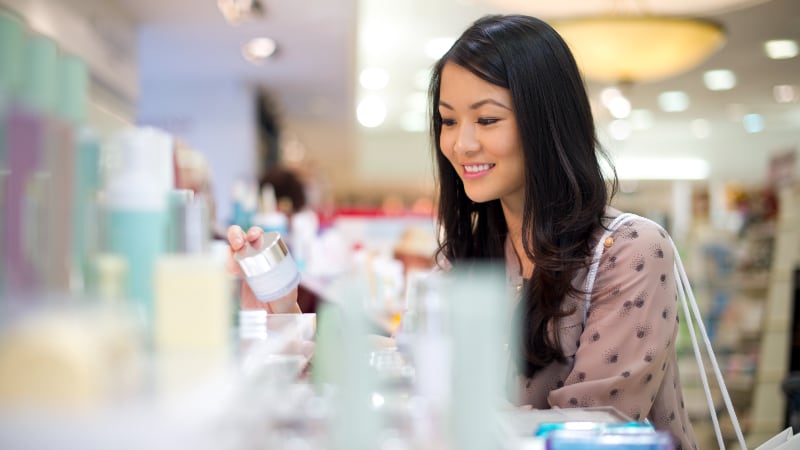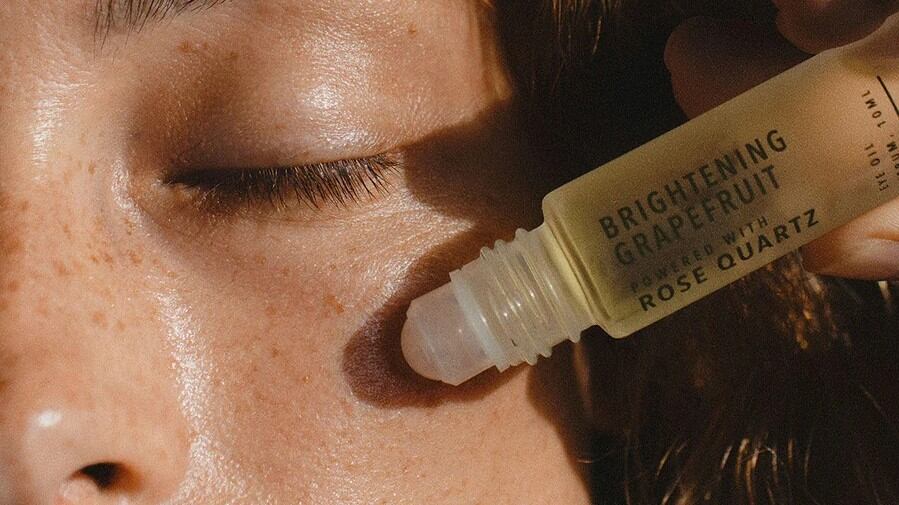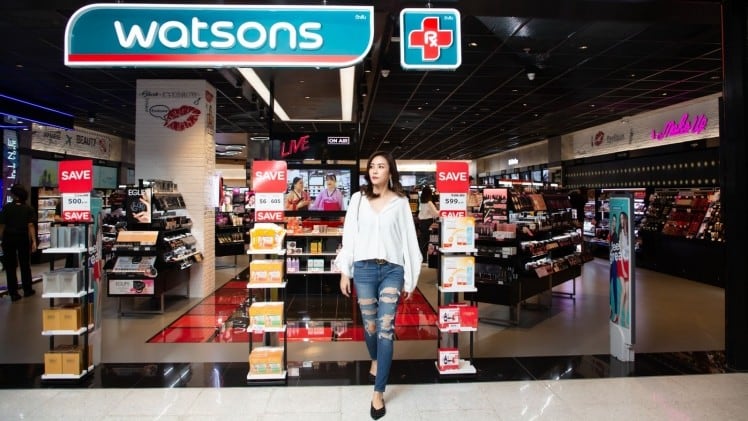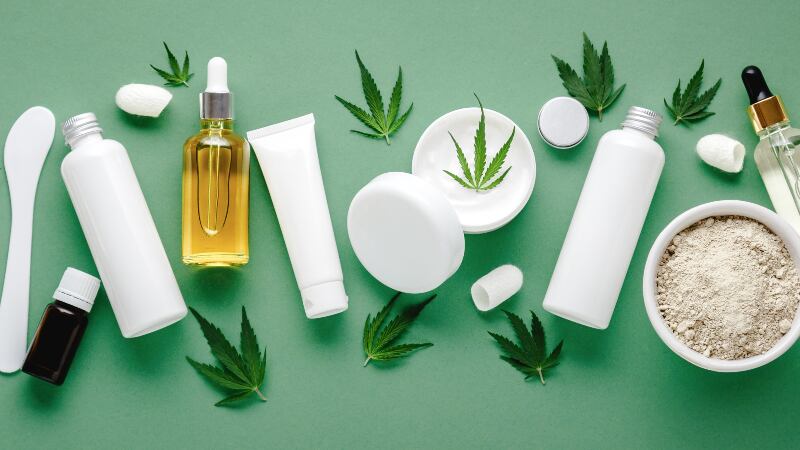Three years after withdrawing from the Singapore market, Sa Sa recently announced plans to relaunch in the city-state this year, although the number of stores and their locations have yet to be unveiled.
The retailer chain’s upcoming return to Singapore is believed to be driven by several factors, according to KinShen Chan, senior beauty and personal care analyst for South APAC at Mintel.
“Consumers in South East Asia (SEA) are generally price sensitive. High inflationary pressures due to the global economic situation will make them cautious about their discretionary spending in categories such as cosmetics.
“For instance, our Global Consumer research showed that 43% of Singaporean consumers waited to buy a beauty or grooming product until it was discounted. Sa Sa’s brand image as a discount store for cosmetic products puts it in good stead to capitalise on current consumer behaviour trends,” Chan told CosmeticsDesign-Asia.
He also cited Singapore’s “supportive” business environment and well-established retail scene as potential reasons for Sasa’s post-pandemic comeback.
“There is a healthy demand for beauty products in the SEA region. The market size for facial skin care is expected to exceed USD650m by 2024, surpassing the pre-pandemic high,” said Chan, citing Mintel data.
Transformation of the brick-and-mortar store
In December 2019, Sa Sa shuttered all 22 shops in Singapore, after recording losses for six consecutive years. A few months later, the cosmetics chain resurfaced online through a partnership with e-commerce platform Shopee.
“Brick-and-mortar stores used to be the go-to place where consumers get their beauty products. However, the COVID-19 pandemic accelerated the shift towards online shopping across Asia, with many consumers now turning to e-commerce platforms to buy cosmetic products and services.
“Nevertheless, physical stores remain a crucial part of the beauty retail landscape in Asia, as consumers still value the ability to touch and test products before making purchases,” Chan said.
Beyond just a sales outlet, retail stores of the future are expected to transform into “more of an experiential centre”, which blends technology and in-person interactions to offer an immersive and personalised experience for consumers.
Chan highlighted potential features that may appeal to consumers, including the incorporation of workshops and classes that focus on self-care and wellness, such as meditation and yoga.
“Augmented reality (AR) technology allows customers to virtually try on makeup products in a convenient and interactive way, so they can see how different products would look on their face without piling them on their skin,” Chan said.
In addition, introducing product recommendations that are tailored to an individual’s needs is another area that retailers can explore.
“Shoppers could provide information such as their preferences, skin type and purchase history. Using data and analytics, in-store beauty experts will then be able to recommend suitable products or skin care routines specifically catered for each customer.”





